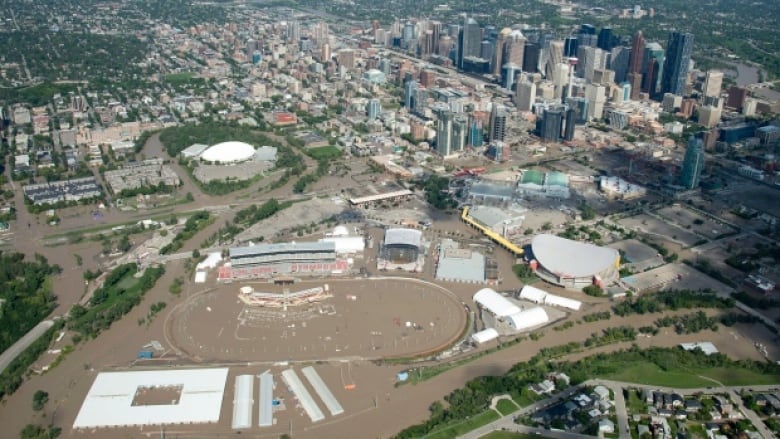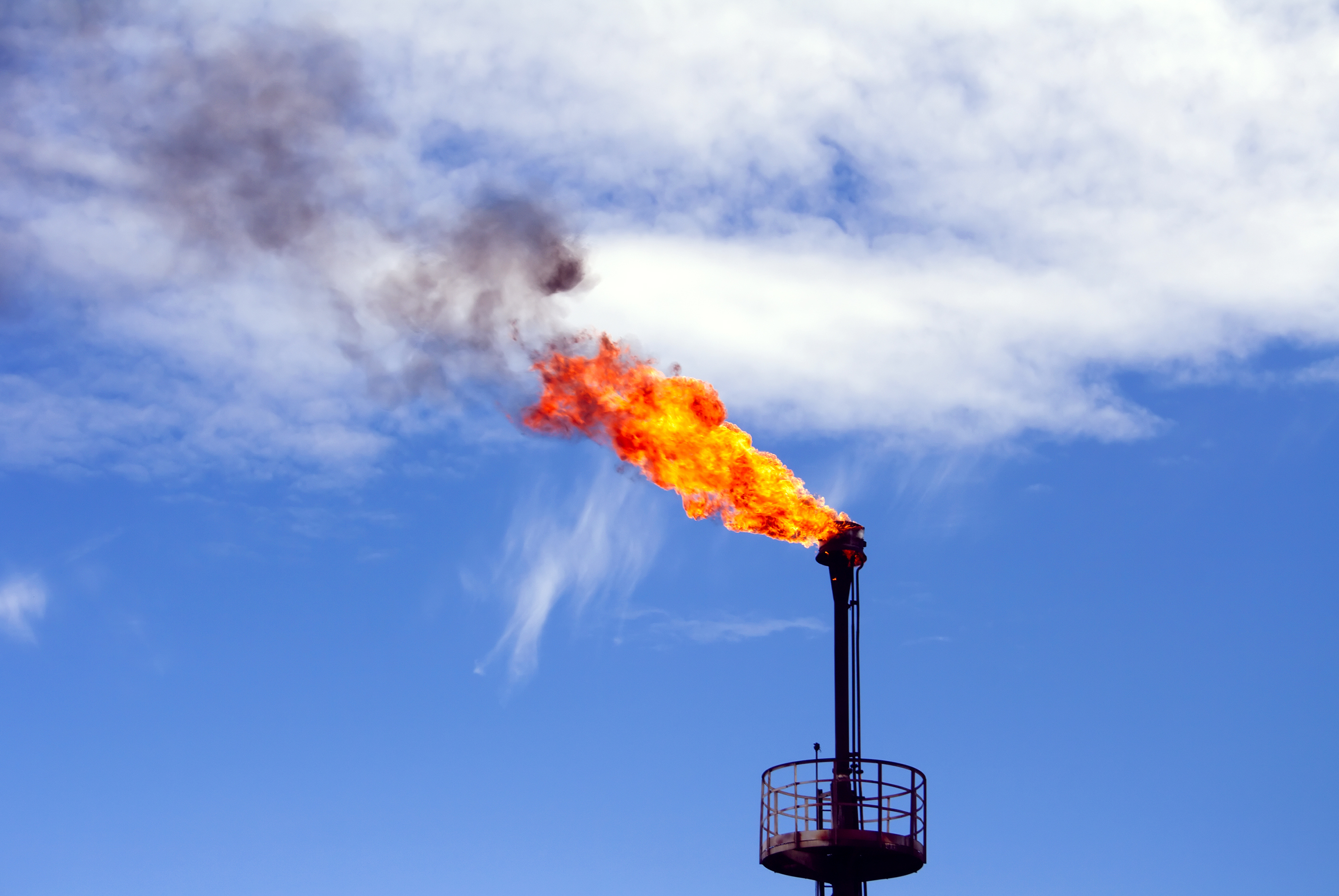Since its earliest days, the capitalist mode of production has been fundamentally incompatible with a sustainable relationship to nature. In recent decades, however, it has become all too apparent that capitalism’s war on nature threatens not just nature itself but much of humankind. There now exist two potential catastrophic scenarios for humanity. The first, global warming, began to be widely accepted by scientists in the 1980s. Less than three decades later we began to witness extreme weather events produced by climate change — hurricanes, wildfires, droughts, flooding — that threaten the lives of millions each year. We can now add a second existential threat created by capitalist ecocide: worldwide pandemic.
Infectious diseases and even plagues have existed throughout all of human history, of course. But the extension of the capitalist mode of production around the globe has created the conditions for the most deadly pathogens to reach every corner of the world in a matter of weeks. The first deaths caused by a new coronavirus in Wuhan, China, were reported in mid-January. By mid-February, Covid-19 deaths had occurred in the United States, Iran, and Italy. More precisely, as historian Kim Moody notes, “this virus has moved through the circuits of capital and the humans that labor in them, and not solely by random ‘community’ transmission…Chinese makers of N95 masks connect with New York City nurses, Amazon fulfillment workers in Will County, Illinois, and with UPS drivers in Chicago.”
The same system of commodity production has also brought about widespread ecological crises. In the accounting of the capitalist system, nature is considered a resource to be freely appropriated by capital — both for the extraction of raw materials and as a dumping ground for the system’s waste products. For capital, nature’s only importance is its potential to be converted through labor into commodities. Capital accumulation necessitates the plundering of the earth. The result has not only been global warming but also the contamination of the air and water, deforestation, habitat loss, and species extinction. Each of these outcomes, serious enough on its own, contributes in turn to the spread of pathogens.
In their book Biology Under the Influence, dialectical biologists Richard Lewontin and Richard Levins argue that upheavals in society have historically corresponded with major outbreaks of disease:
In periods of major change in society the epidemiological pattern also changes. The pandemics of plague occurred in Europe during the decline of Roman society under Justinian and again during the weakening of feudalism in the fourteenth century. The European invasion of the Americas brought with it diseases new to the continent and the decimation of the indigenous population. The decline of the Soviet Union was manifested early in a general decline in life expectancy, and its final collapse saw outbreaks of diphtheria and other infections.
In our era, the upheaval was neoliberalism. The neoliberal period that began in the 1980s meant, on the one hand, privatizations across the healthcare industry, the closures and mergers of hospitals, and cuts to affordable housing; on the other hand, it meant an assault on nature with rising greenhouse gas emissions, contamination, and forest loss. The shocks were felt across not just society but the entire biosphere.
Deforestation and the Rise in Zoonoses
As the Marxist evolutionary biologist Rob Wallace pointed out in his seminal work Big Farms Make Big Flu, rapid deforestation has pushed industry and farms into areas previously out of human reach. The natural firebreaks provided by forests are destroyed, allowing viruses to jump easily from wild species to humans. This is true not only for the novel coronavirus — originating in bats — but for several deadly outbreaks that preceded it. The avian flu is believed to have reached humans through the encroachment of poultry farms onto the natural habitats of wild fowl. Destructive industries like logging, mining, and factory farming, together with rapid urbanization, have all played a major role in easing the transmission of disease from wildlife to humans. The spread of deadly pathogens is a cost incurred by capitalist industry but externalized to the whole of human society.
“Any emerging disease in the last 30 or 40 years has come about as a result of encroachment into wild lands and changes in demography,” says disease ecologist Peter Daszak. In the last 50 years, emerging diseases have quadrupled, largely owing to human encroachment on habitats. While in the past, sylvatic pathogens would die out because there were too few hosts, smaller habitats cause these pathogens to spread more rapidly.
This is true not only of China but also of nations like Brazil, where the deliberate burning and clearing of the Amazon has already contributed to the rapid spread of mosquito-borne illnesses. Mosquitos exist nearly everywhere, of course, but mosquito species that can spread disease are most prevalent around deforested lands. In 2015, Brazil experienced an outbreak of Zika, resulting in thousands of cases of microcephaly among children. Though it is primarily carried by mosquitoes, the virus can be also transmitted sexually and passed from pregnant mothers to their children. Within months, Zika had spread to Colombia, Panama, and islands throughout the Caribbean, including Puerto Rico. The virus should have sounded an alarm about the dangers of pandemic. Instead, research institutions continued to largely ignore infectious diseases up until the coronavirus outbreak of 2019–20.
Brazil not only registered 200,000 cases of Zika in 2016 but also 1.4 million probable cases of dengue, and nearly 278,000 cases of chikungunya in the same year. Each of these diseases can be traced in large part to the clearing of Brazilian forests to make way for cattle and soy farming. But the blame does not lie with Brazilian firms alone. Brazilian beef and soy are part of global supply chains and contribute directly to the profits of transnational corporations. In direct service of foreign capital, the government of president Jair Bolsonaro has attacked indigenous communities, encouraged wildfires, and slashed environmental restrictions — all in an effort to clear the Amazon as quickly as possible. These actions, apart from their ecological and social costs, will almost certainly provoke new outbreaks.
The capitalist interests backing the development of the Amazon and other forests around the globe are the hidden catalysts behind the emergence of new diseases in the “underdeveloped” countries. While there are efforts that pin responsibility for outbreaks of novel diseases on local or indigenous populations and their supposedly “dirty” cultural practices, such as wet markets, it is the multinational corporations that are driving today’s scourge of pandemics.
Wet markets, where fresh meat and produce are sold, are considered integral to the informal food trade and are important sources of nutrition for low-income urban areas. Industrial farming and fishing has not only had a devastating impact on biodiversity and habitats but has also produced major food shortages for communities in the Global South as crops and meat are destined for export and fish stocks are depleted. These communities, in turn, have been forced to supplement their diets with wild game, which can carry pathogens that humans have no immunity against. Wildlife is not simply used for traditional medicine, as is often reported, but as a key food source. This phenomenon can be seen not only in the markets of China but those around the world. In The Monster at Our Door: The Global Threat of Avian Flu, Mike Davis writes that as a result of factory fishing in Africa:
Fsh biomass has fallen by at least half since 1977, and fish has become scarcer and more expensive in local markets. Increasingly bushmeat (the generic name for the flesh of some 400 different species of terrestrial vertebrates) has been substituted for fish — yearly some 400,000 tons of wild game now end up on West African dinner plates.
Prior to the new coronavirus, Ebola was perhaps the most troubling epidemic this century. It is widely believed that the butchering and processing of so-called bushmeat was a key factor in the outbreak of Ebola in Africa in 2014. Ebola infected close to 30,000 people in five countries, killing more than 11,000.
Urbanization and Contamination Spread the Virus
We are already witnessing the fatal health outcomes from the combination of infectious disease and contamination, but these outcomes inevitably affect certain populations to a greater extent. Poor, urban working-class populations face a quadruple burden of infectious and chronic diseases, exacerbated by lack of clean water, unsatisfactory sanitation, overcrowding, air pollution, and the inaccessibility of health services. Poor sanitary conditions, both in the peripheral countries and in working-class neighborhoods in the United States, lead the virus to spread more widely. Social distancing is currently the main and most important recommendation to stem the spread of the coronavirus. This is unfeasible where population density is extremely high. Rapid urbanization in formerly rural regions as a direct result of deforestation and mining has forced these areas to be converted into “in-between cities” that function like urban slums. Most urban centers across the Global South experience unplanned and uncontrolled urban growth where land is developed to serve the political and capital interests of elites. Urban planning deliberately excludes the poor and working class. As a result, this leads to deficits in public health and environmental sanitation. Conditions like these inevitably become breeding grounds for the rapid proliferation of viruses like malaria and dengue. Although the coronavirus has not yet spread throughout much of the Global South, with the exception of Brazil, Ecuador and Iran, once coronavirus reaches these regions, the results will undoubtedly be devastating.
Health agencies like the WHO and CDC also recommend frequent hand washing. With contaminated water and a glaring failure to address inadequate infrastructure, washing becomes impossible. Even in developed countries like the United States, access to water in working-class, predominantly Black and Brown areas, has been denied. For example, Flint, Michigan, became infamous in 2014 when the city switched its drinking water supply from Detroit’s system to the Flint River, despite being extremely contaminated by lead, in a cost-saving move. To this day, Flint does not have clean water. Further, as recently as March, Michigan continued the widely condemned practice of water shutoffs in Detroit as part of a debt-collection program. In the last 20 years there has been as much as a 400 percent increase in the price of water, and working-class families are struggling to keep up with the exorbitant costs. Although the city finally announced a moratorium on water shutoffs on March 9, the city says it doesn’t have the capacity to turn the water back on quickly enough for the thousands of homes currently without water.
Studies show a significantly increased Covid-19 mortality rate among those exposed to air pollution. According to one study, an increase of only 11μg/m3 (11 micrograms per cubic meter) air pollution is associated with a 15 percent increase in the Covid-19 death rate. Another study shows that 80 percent of deaths in four countries were in the most polluted regions. Contamination is not distributed equally either. Working-class and low-income neighborhoods — and especially in the United States, Black and Brown neighborhoods — face the highest concentrations of air pollution. The capitalist class views these populations as expendable, and they often end up being the dumping ground for capitalist production: air pollution from cars (resulting from increased exposure to highways), power plants, construction activity, factories, and other industrial hubs produce high concentrations of pollutants in the predominantly working-class neighborhoods where they are situated. As a result, these communities suffer from high rates of asthma, leaving them more susceptible to respiratory viruses. In New York City, the South Bronx has the highest rate of asthma in the city and nearly 45 percent of the population is below the national poverty level. In comparison to the rest of New York City, the Bronx also has the highest mortality rate from Covid-19.
Amid the pandemic, the EPA has announced the suspension of enforcement on virtually all environmental regulations. The new guidelines allow corporations to contaminate at will, provided they can prove it is in direct result of coronavirus. Despite this announcement, however, there is no system in place wherein the EPA can ensure that the reason behind noncompliance has to do with coronavirus. Although the suspension is deemed temporary, the EPA has set no end date. This announcement comes amid pressure from big oil industries, like the API, to suspend regulations. It is clear that this will prove most devastating for the low-income and working-class populations that will inevitably face the burden of this shift.
Capitalism Leads to Catastrophe. Socialism Offers a Way Out.
The anarchical capitalist mode of production has shown itself wholly incapable of addressing crises like the outbreak of the coronavirus. And in fact, it is capitalism that has led to global pandemics. Capitalism is inherently short-term focused — creating the biggest profits in the shortest amount of time. The current setup of production is designed, whether purposefully or not, to propagate pathogens. For example, “Decreasing the age of slaughter — to six weeks in chickens — is likely to select for pathogens able to survive more robust immune systems” and “antibiotic use in hog factories (a cheaper alternative to sewer systems or humane environments) was causing the rise of resistant Staph infections” among the animals. Further, capitalist states have defunded non-lucrative medical research. Despite long-standing evidence of the outbreak of a novel coronavirus, research into a vaccine was not pursued because it wasn’t considered to be a profitable endeavor.
To better equip ourselves to fight pandemics and their underlying causes, we must immediately nationalize large-scale industries under workers’ control. The pharmaceutical companies, which will inevitably charge enormous amounts for the coronavirus vaccine, should be controlled by scientists and popular organizations to focus on life-saving research and development. A public works program, paid for by the capitalists who caused this crisis in the first place, must be put in place to develop safe and affordable housing for all. Companies must be required to publicize information about their pollution levels and committees of workers and community members should be in charge of nationalized production in an effort to reduce pollutants, especially in working-class and poor neighborhoods.
In an era of ecocide and pandemic, the urgent need for socialism is clearer more than ever. Socialism can allow us to focus on long-term health outcomes and seriously consider the impacts of how we use, develop, and interact with nature. Today we have the potential to develop vaccines, carry out breakthrough health research, and mass-produce medical equipment in a sustainable way. But the capitalist mode of production has become a fetter on these endeavors. It was Engels who said that “we, with flesh, blood and brain, belong to nature, and exist in its midst, and…all our mastery of it consists in the fact that we have the advantage over all other creatures of being able to learn its laws and apply them correctly.” We must learn to apply nature’s laws correctly in a way that protects human life and our biosphere. Only socialism offers that possibility. SOURCE





/https://www.thestar.com/content/dam/thestar/life/food_wine/2020/04/21/eating-in-the-time-of-covid-ditch-the-canned-ravioli-for-fresh-local-food/greenbelt_produce_ready_for_shipment.jpg)
/https://www.thestar.com/content/dam/thestar/news/gta/2020/03/19/doug-ford-says-the-covid-19-fight-depends-on-good-data-a-star-analysis-found-problems-with-the-governments-case-count/stlawrence002.jpg)









/https://www.thestar.com/content/dam/thestar/business/2012/05/15/pickering_nuclear_units_among_the_most_expensive_least_reliable_in_the_world/pickering_nuclearreactors.jpeg)
 OPG has signed a cheque for
OPG has signed a cheque for  If you think we have better ways to spend $2.8 billion than buying polluting gas plants, send a letter to Doug Ford and the leaders of the opposition parties here:
If you think we have better ways to spend $2.8 billion than buying polluting gas plants, send a letter to Doug Ford and the leaders of the opposition parties here: